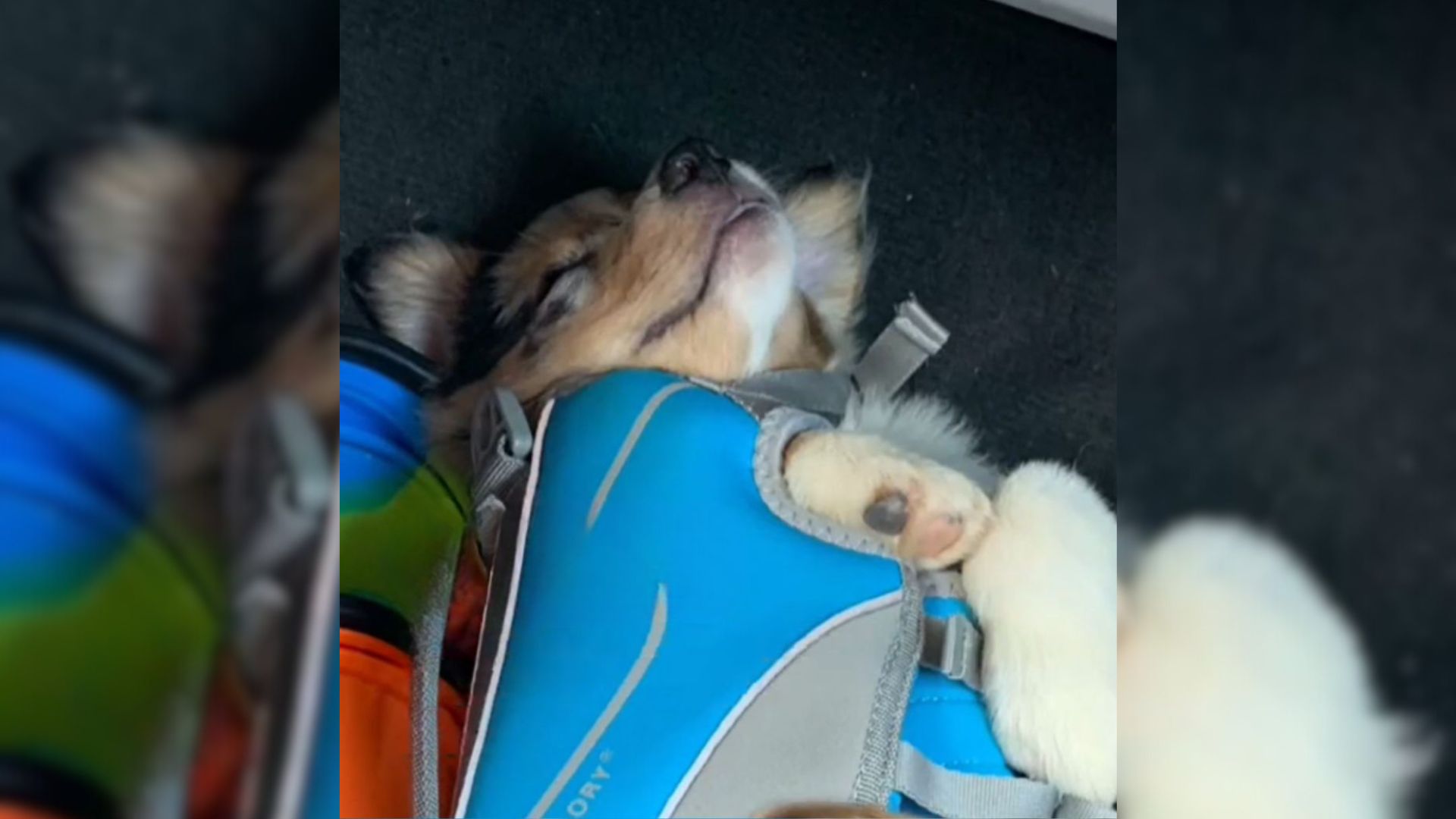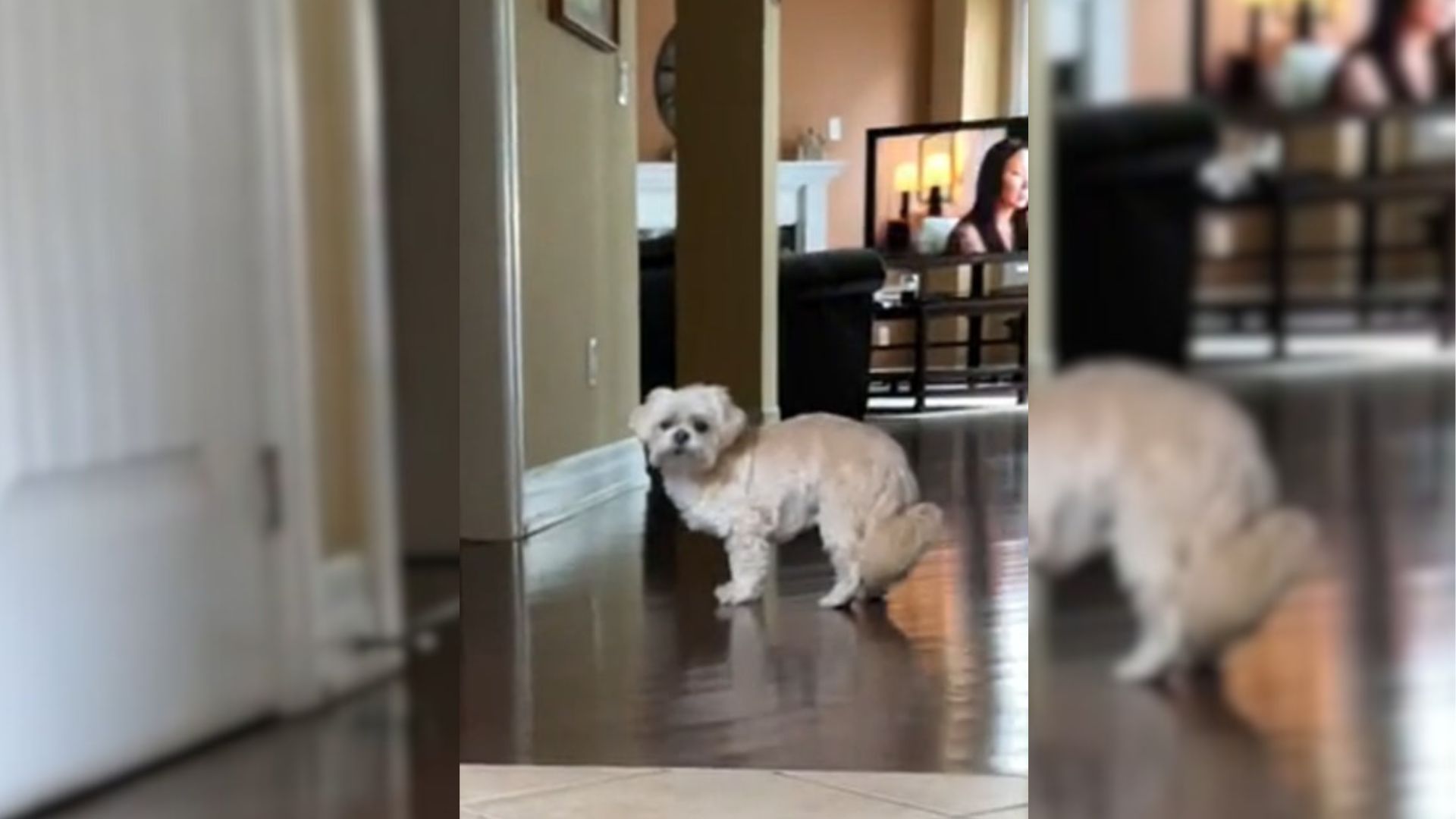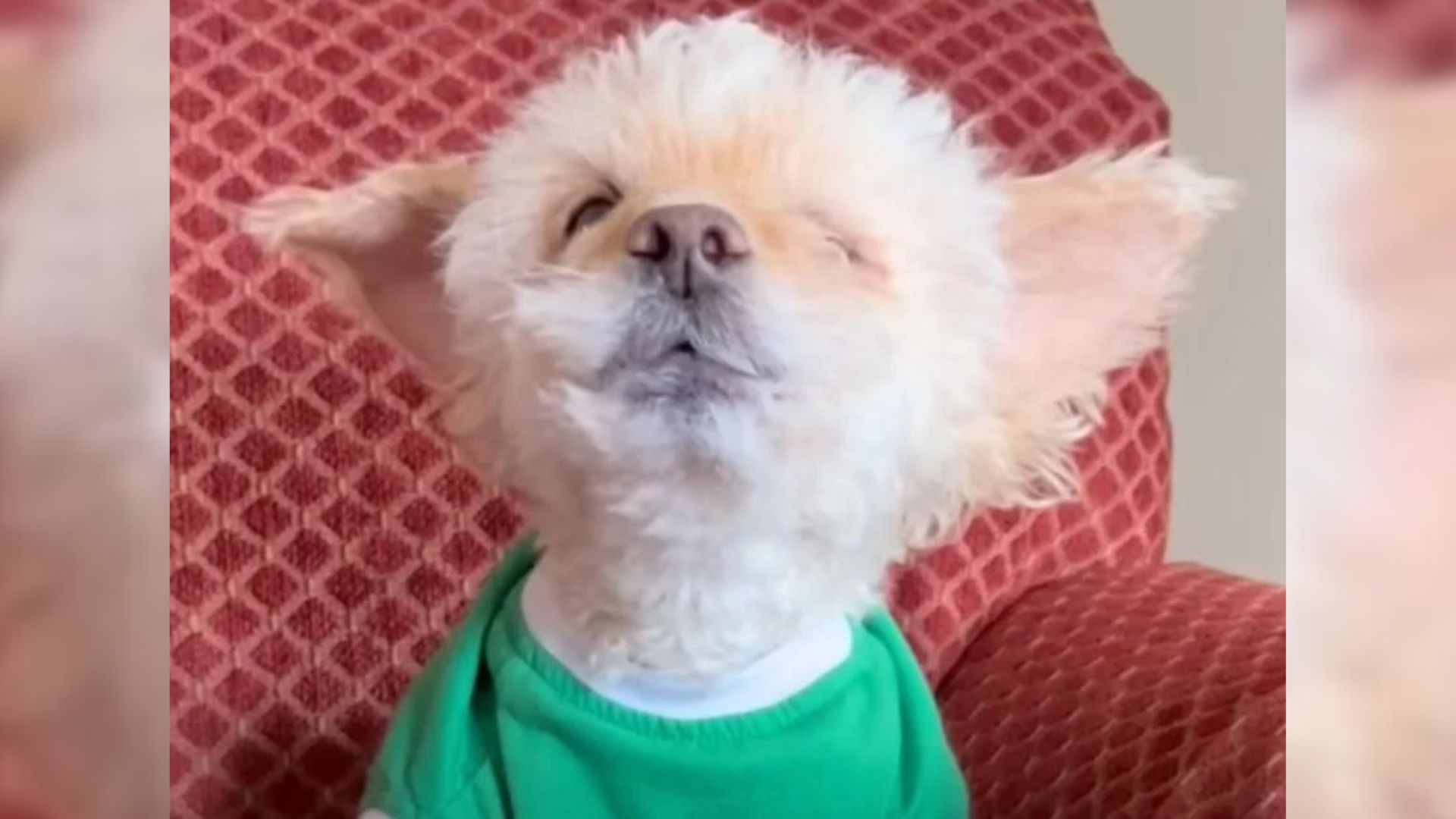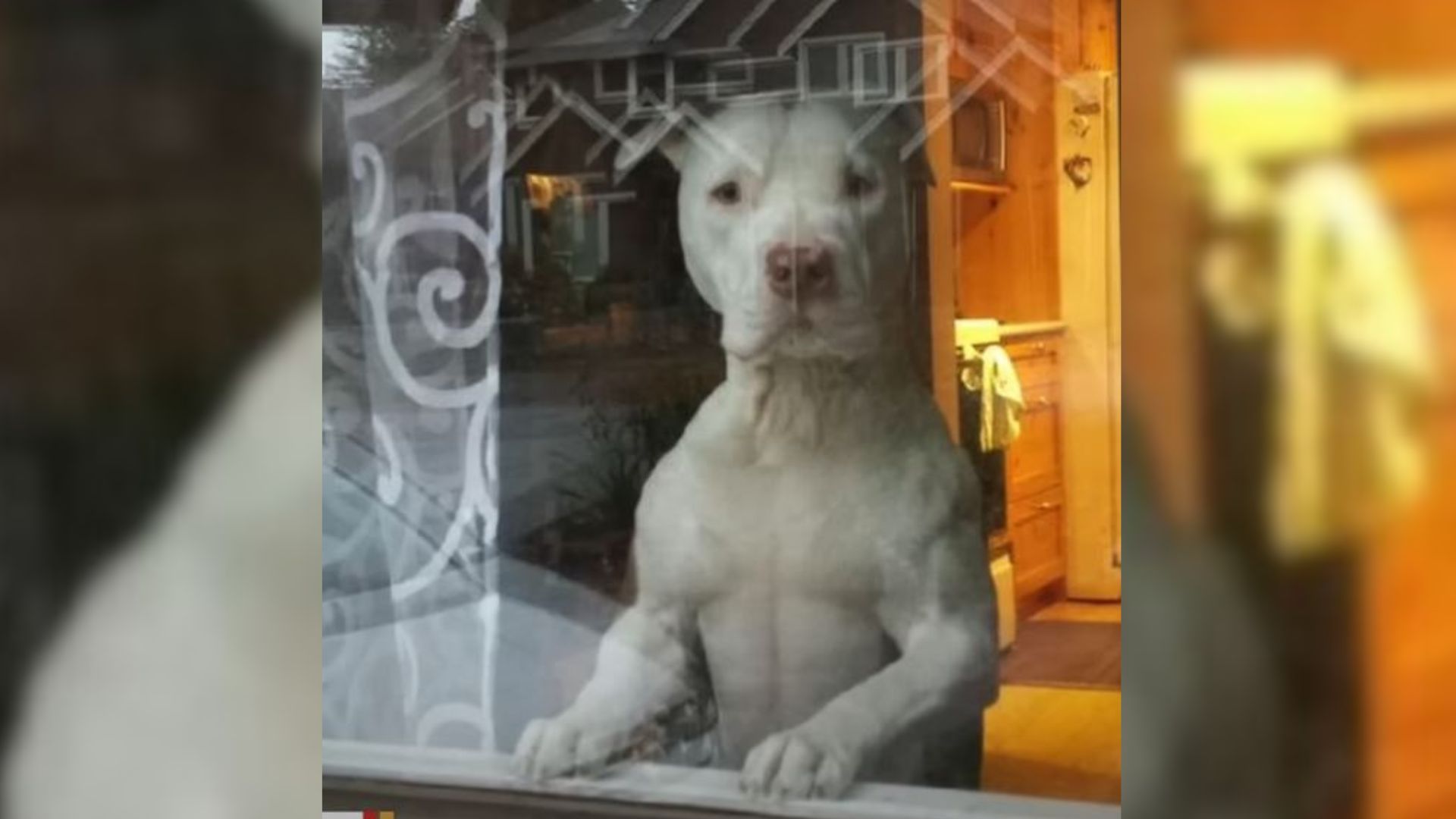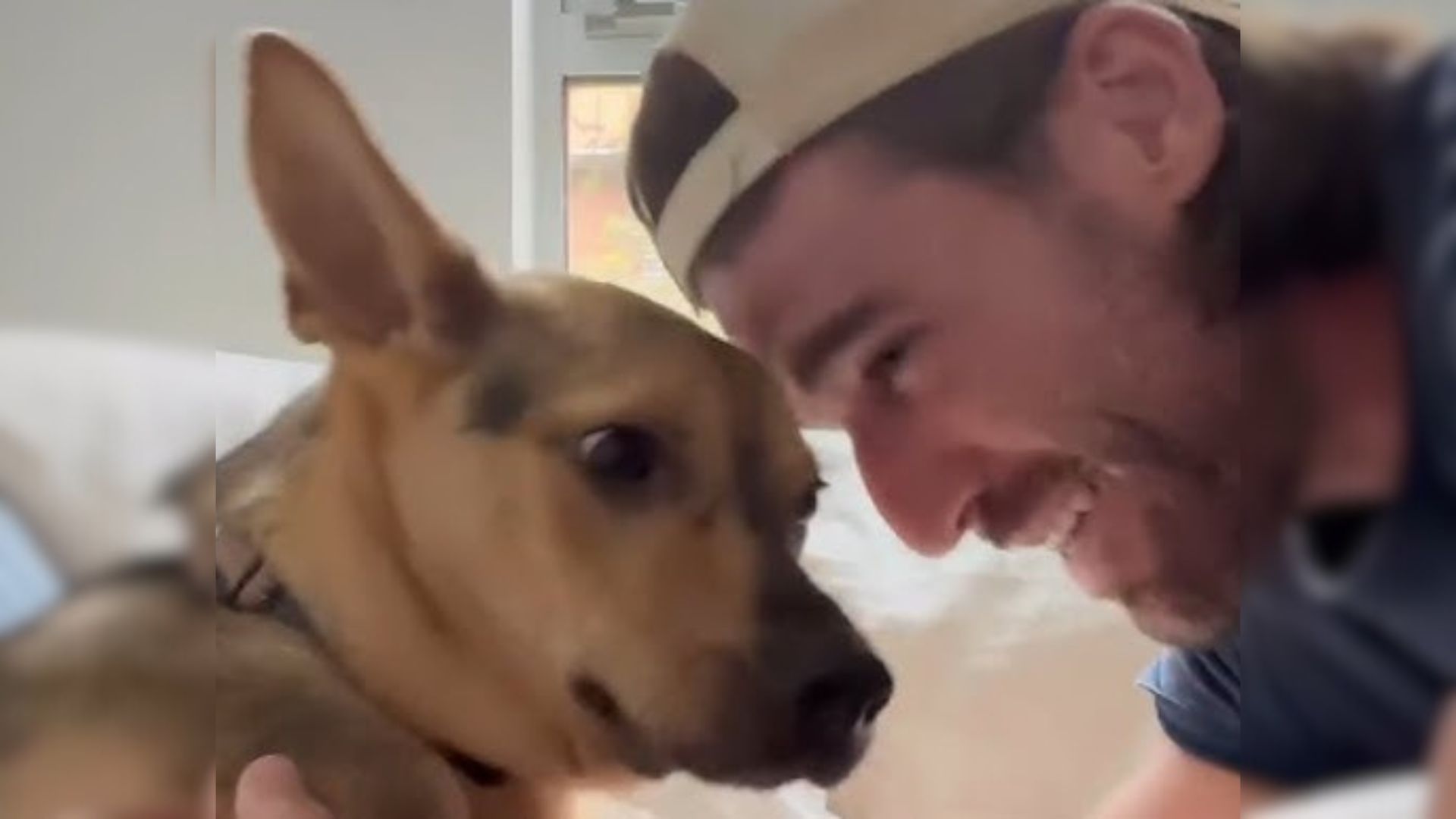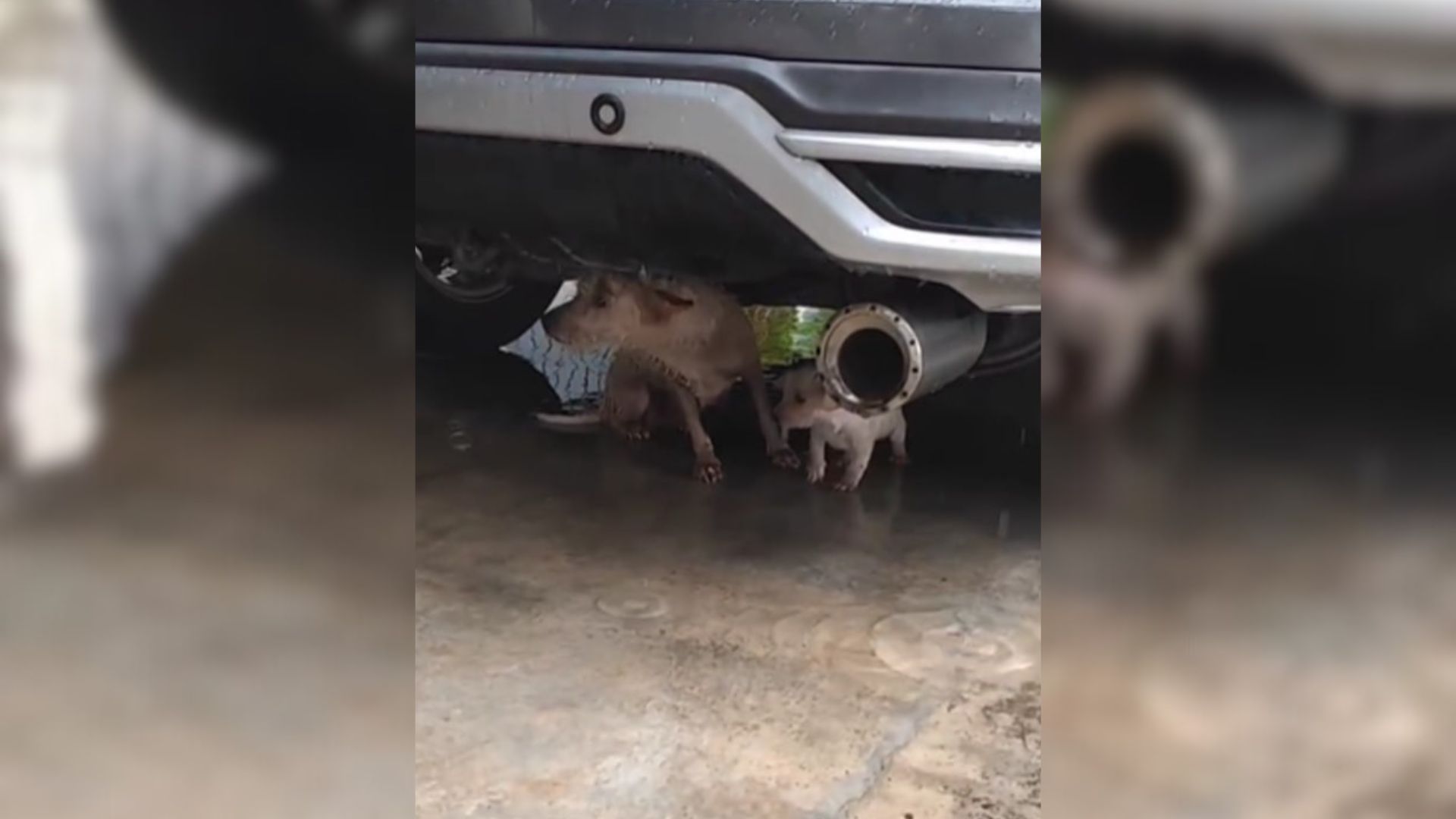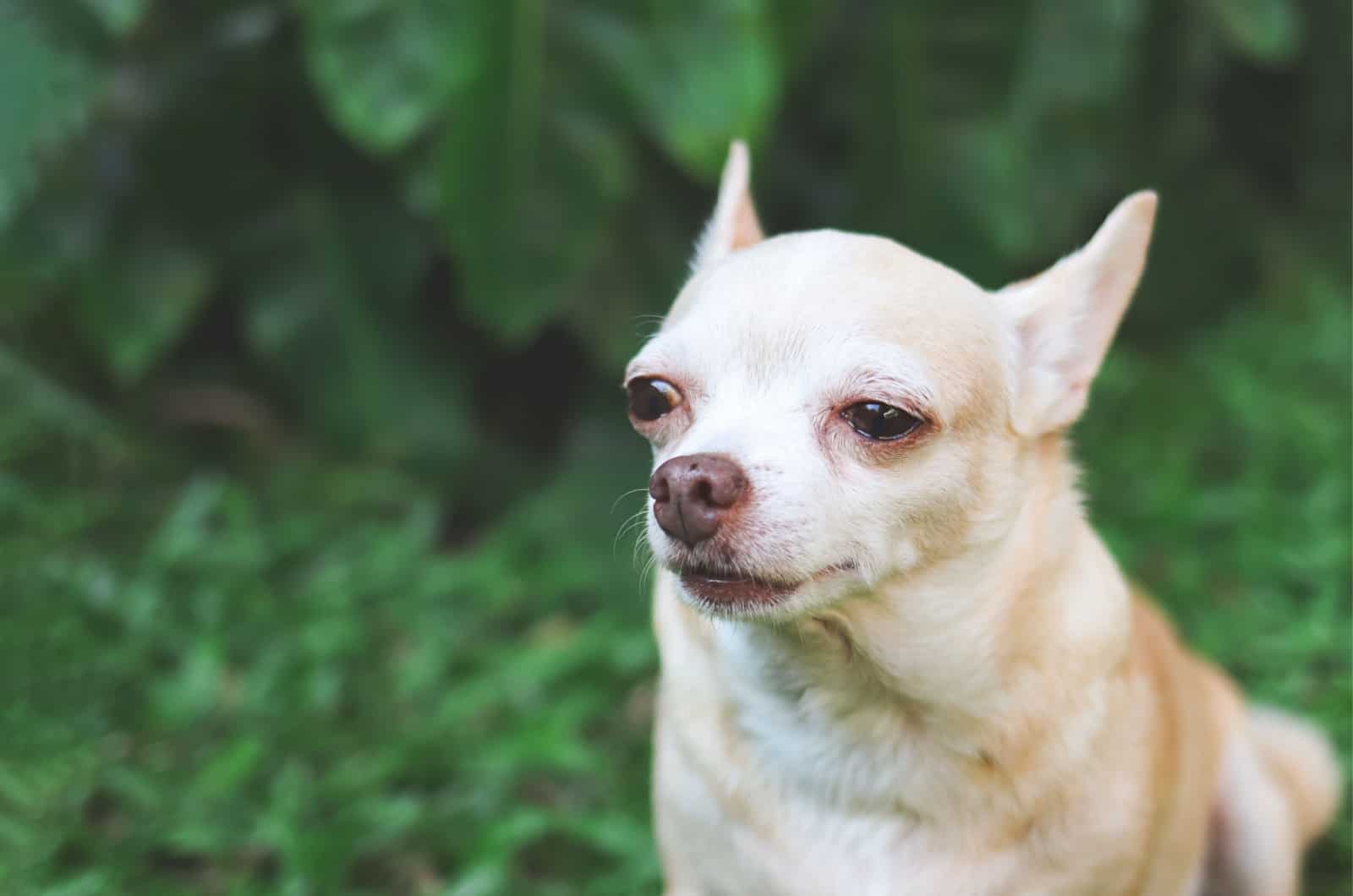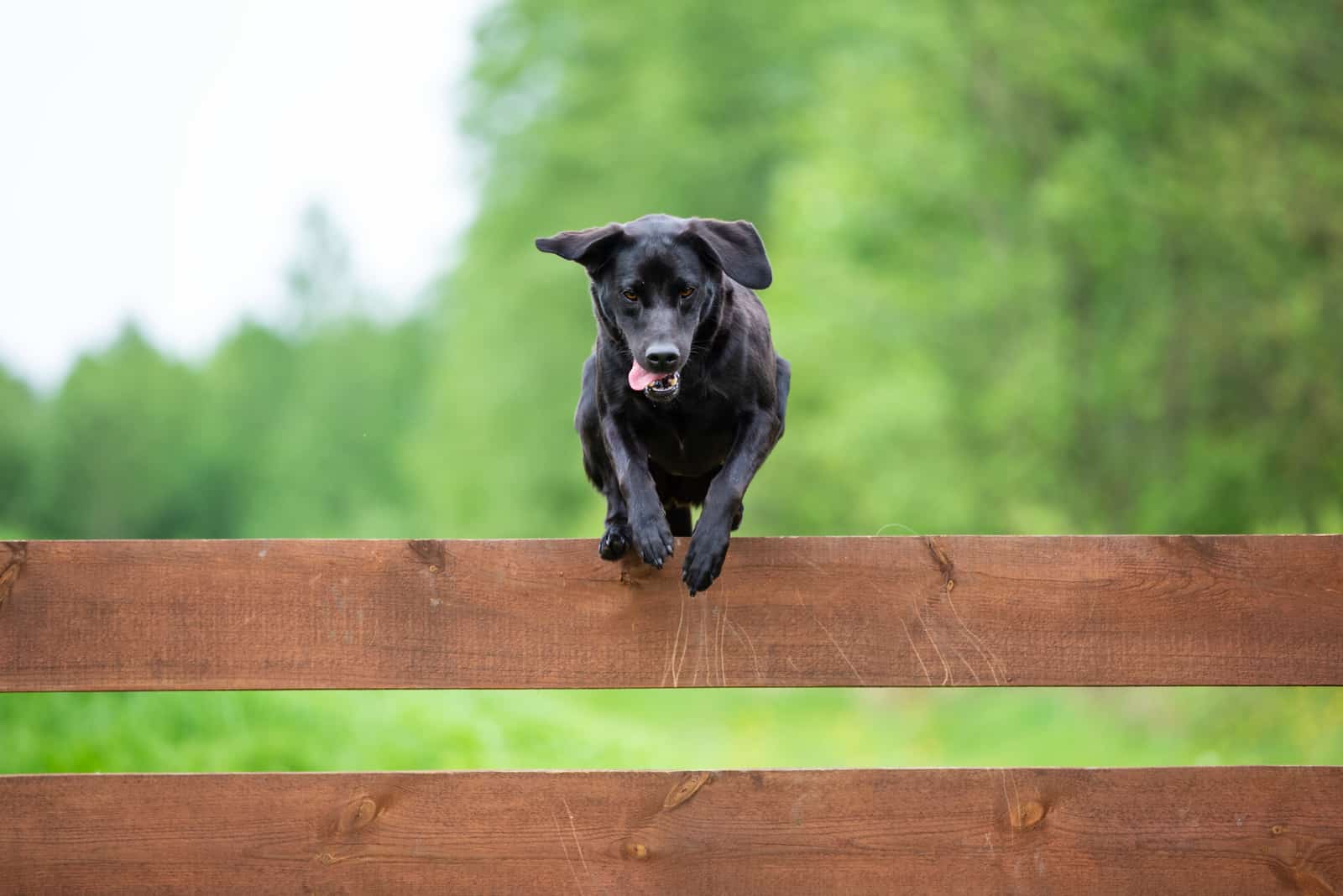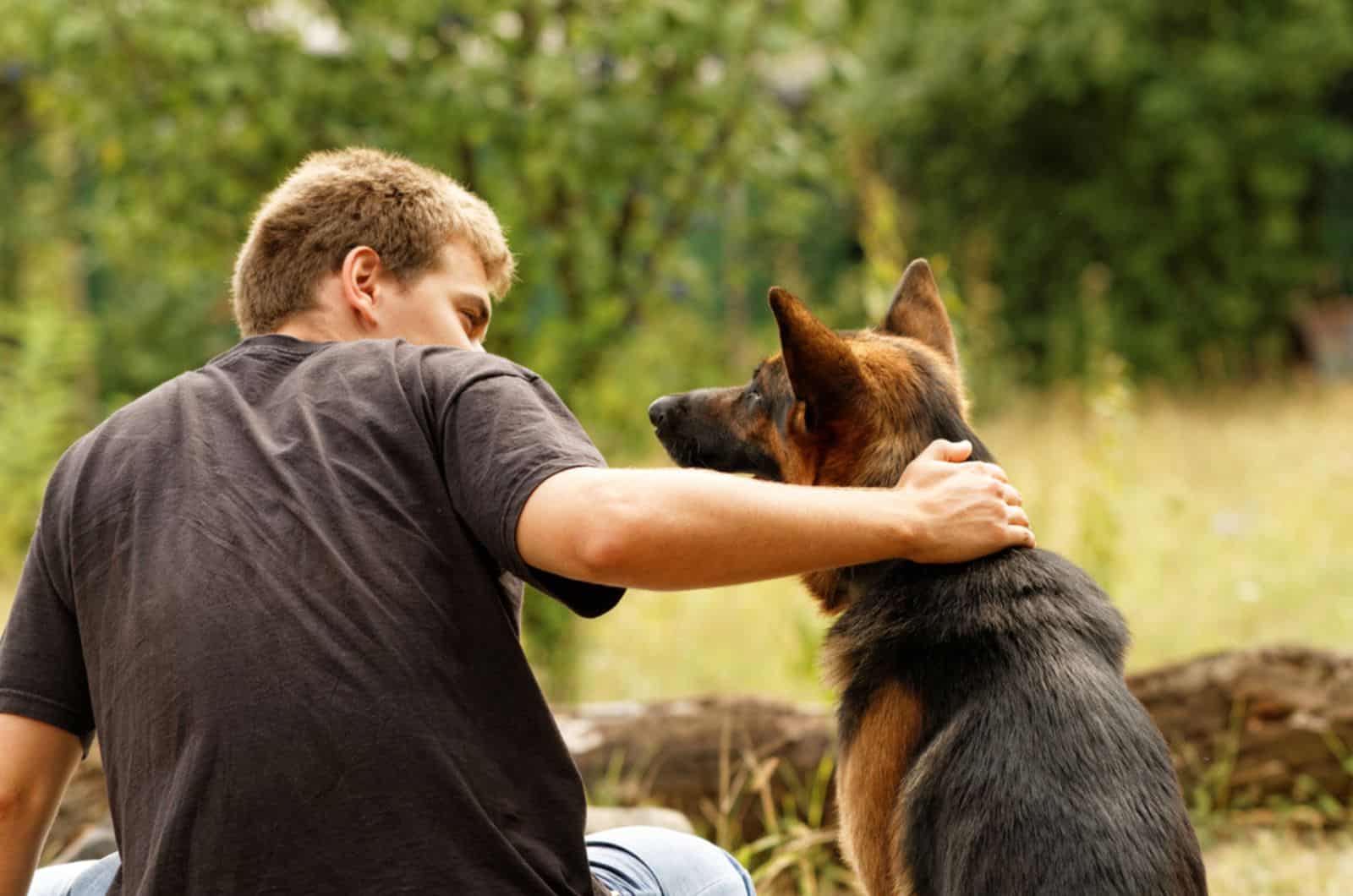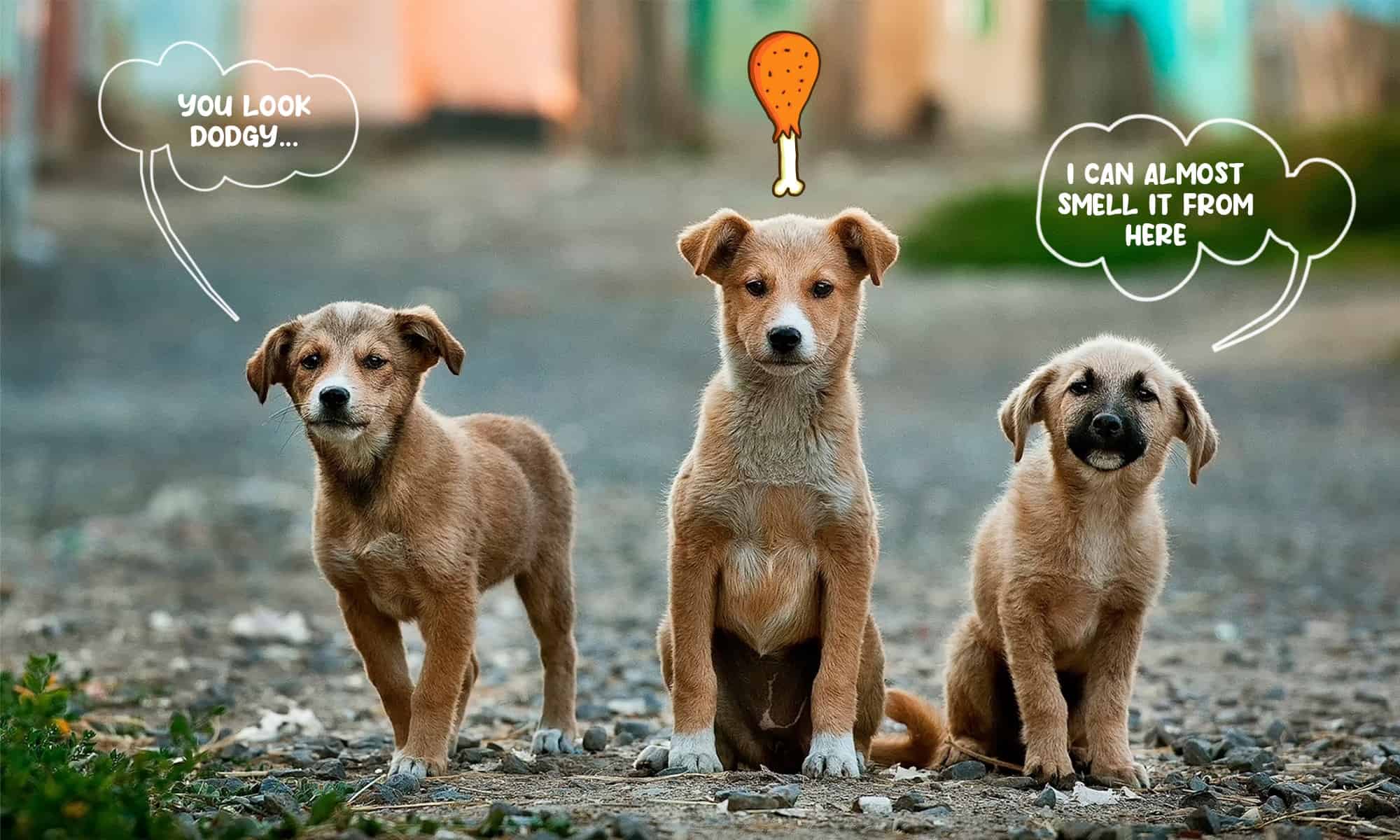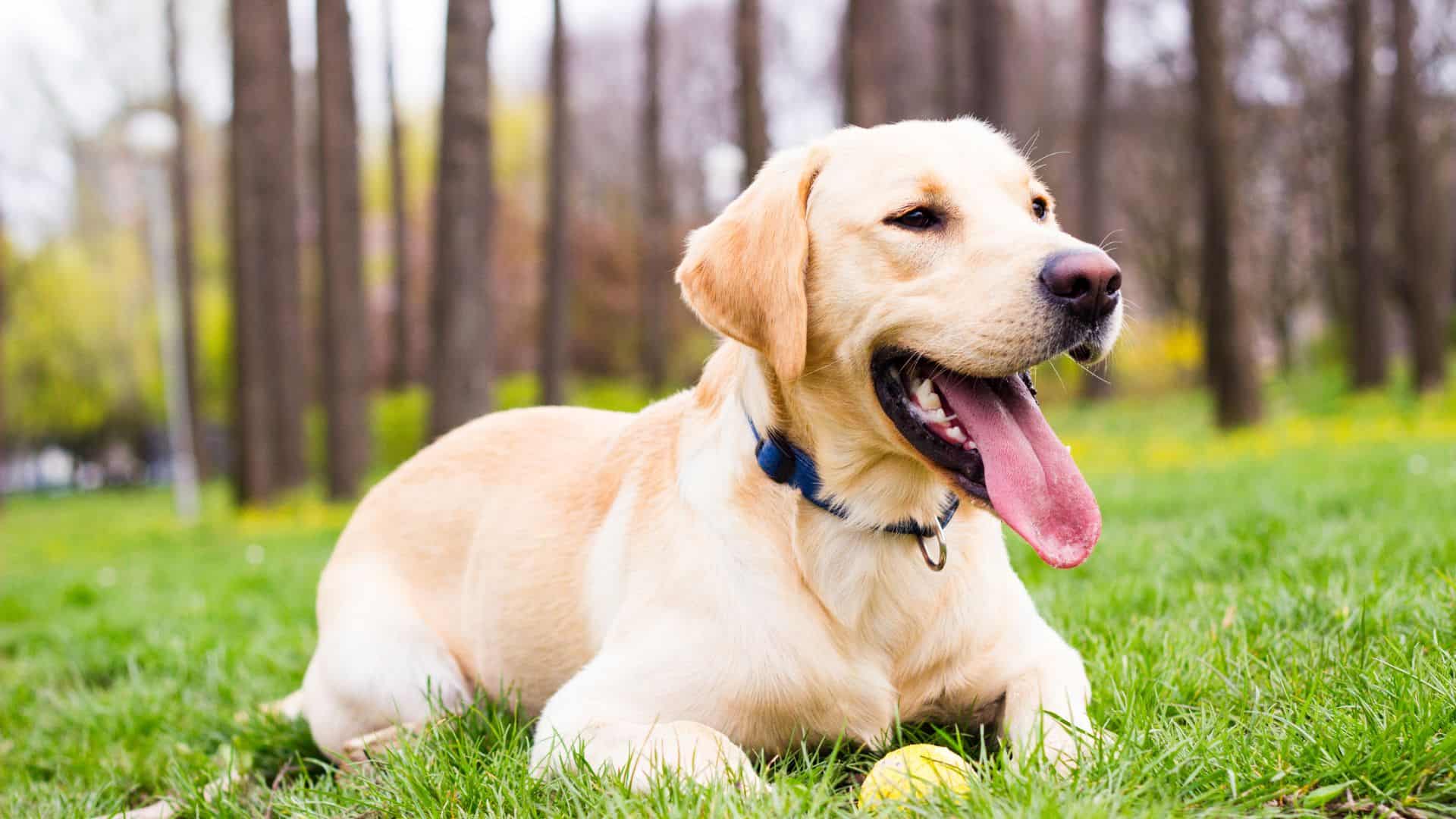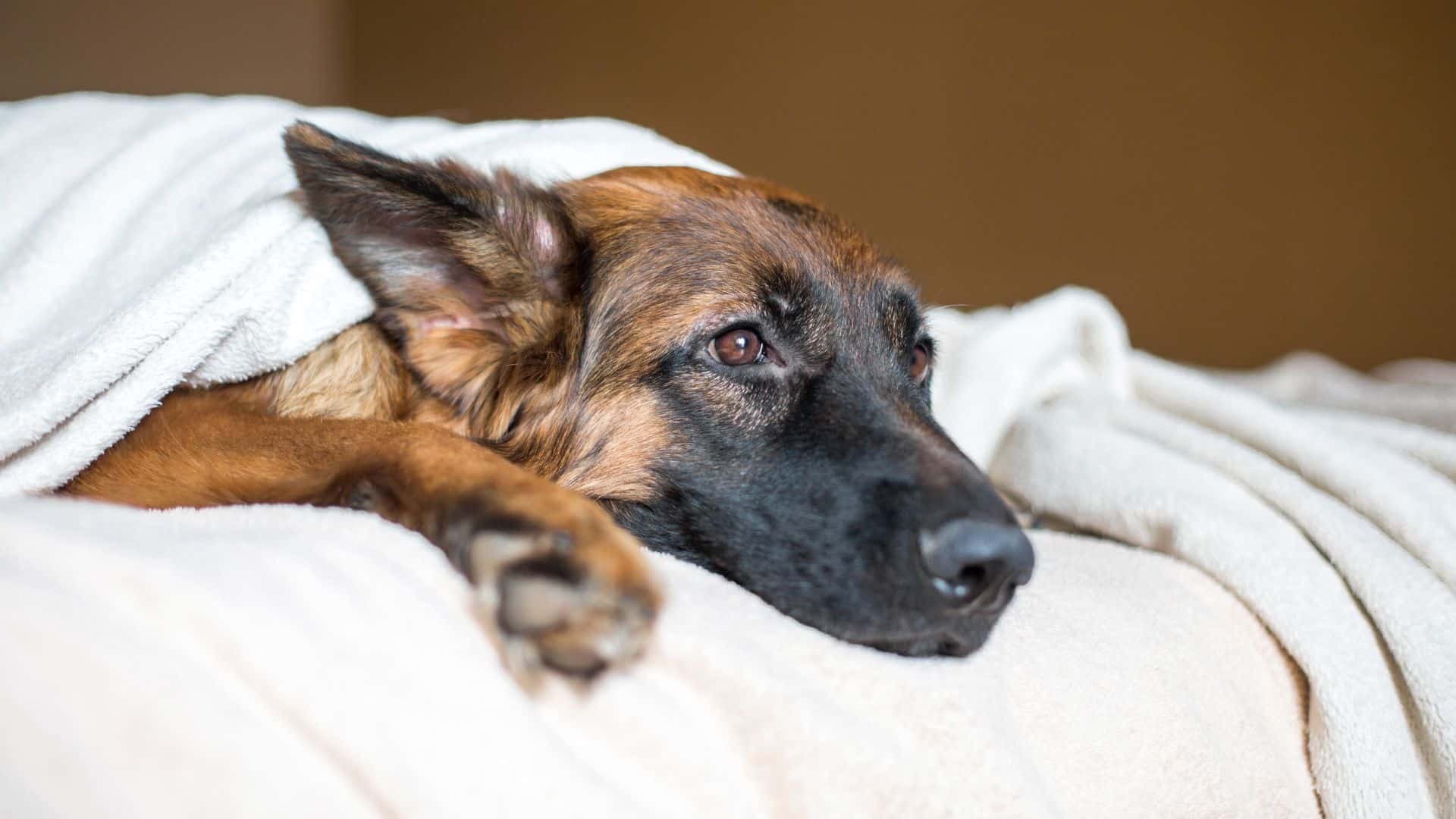The Maltipoo, Luna, became a new addition to our family several years ago. However, it wasn’t an easy job explaining to our first dog, the GSD, Charlie, that she’s here for good. And, that we did not just magically stop loving him.
Even though he was a good, socialized boy, he couldn’t accept the fact that she was “stealing” space, attention, and love from him. At times, it seemed like I was explaining to my two-year-old how having a younger sister wouldn’t affect the amount of love he was receiving.
I remember receiving a lot of doggo criticism throughout this journey. Still, these are the six most memorable jealousy signs that I can think of to this day…
#1 You Should’ve Asked Me First

One thing is for sure – Charlie was not happy when he first saw Luna at our doorstep. I still vividly remember his facial expression when he looked at her slowly entering our home.
It was something between fear, disappointment, and insecurity going on in those brown eyes.
It was then when we realized that dog jealousy was, indeed, a thing!
According to Harris and Prouvost, “dogs exhibited significantly more jealous behaviors when their owners displayed affectionate behaviors towards what appeared to be another dog as compared to nonsocial objects.” [1]
During the conversation with our dog behaviorist, we realized that this sort of behavior is quite common in most family dogs.
The first meeting with a new dog can be extremely traumatic and unpleasant, especially if your dog is naturally clingy (and Charlie was the master of clinginess).
The combination of disapproval and judgment apparently was our first wall that we needed to break.
#2 Does Our Playtime Mean Nothing To You, Hooman?
All of a sudden, Charlie was having a hard time accepting that his daily routine was changing. Even though we were trying to keep up with his regular activities, we just couldn’t manage to exercise him as much as we did before we adopted Luna.
He was extremely frustrated, self-destructive, and even aggressive in this regard.
At times, we didn’t even know whether his aggression was coming from the change of his routine or the fact that we split the “he-time” into two halves.
I felt like he was constantly judging us for denying him those long, high-intensity training sessions.
View this post on Instagram
#3 What’s He Doing In My Bed?
Believe me or not – even the best family dogs have a problem sharing their bed with newcomers. At least, Charlie did!
Whenever Luna attempted to lie in Charlie’s bed – he protested! He either barked, howled, or growled in her direction.
The same was happening around nap o’clock, when I was trying to rest from work for a couple of hours. He would just mercilessly move her from the couch and take her spot as fast as possible.
It was kind of cute, but it was a huge red flag of jealousy that needed to be resolved.
#4 Look At Me Doing All The Tricks You’Ve Taught Me
The question that was bothering me the most was, “why is Charlie so attached to me all of a sudden?” Even though he was kind of clingy before we adopted Luna, his behavior became unbearable.
Suddenly, he was initiating the playtime or showing all of the old tricks that we were practicing before.
Dan, our dog behaviorist, indicated that this sort of behavior is Charlie’s intentional attempt to attract my attention. Even though he knew he now shares space and owners with a new dog – he never gave up the idea of being “the most loved doggo in the family.”
In other words – he was reaching for the most-approved actions in order to get all the attention.
#5 Boy Does He Look Scared, Doesn’t He?
Aggression was the hardest thing to cope with in this regard. Even though Charlie was not naturally aggressive, he did display aggressive behavior towards Luna several times.
Besides being aggressive for well-known reasons such as pain, separation anxiety, or improper parenting, dogs tend to display this behavioral pattern at times of deepest insecurity, jealousy, and change of environment.
All three of these factors were correlated in Charlie’s aggression.
Every time he scared Luna and made her run away, he seemed to accomplish a private, little goal. But, that wouldn’t last long, as the pattern was repeating over and over in short periods of time.
#6 Okay, I’m Out
The thing that fascinated me the most was that Charlie eventually gave up. It was during week three of having Luna in our home when he just stopped displaying aggression.
But, that wasn’t it, as he suddenly became a true escape artist.
Every time we attempted to pet, play with, or feed Luna – he was on the way out. He just couldn’t stand the fact that she was here in our life, so he decided to leave.
That, however, became a huge problem, as Charlie started spending most of his time in the back yard. He was quite moody and anxious, even when we lured him with food or his favorite snacks.
Here’s How We Initiated Peace
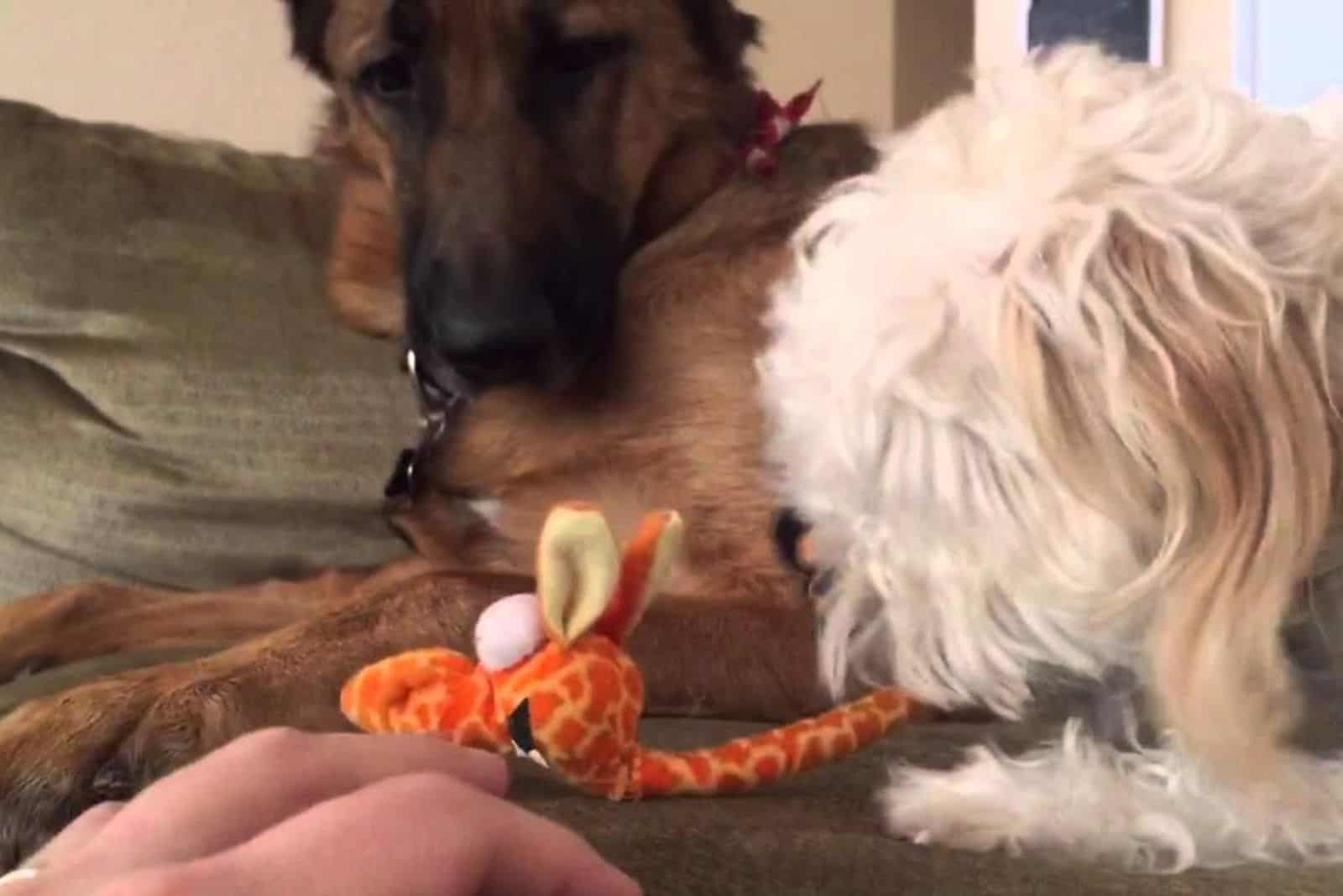
Apparently, we had insufficient knowledge to deal with the new change in our life, so we decided to seek professional help. At the time, Dan, our dog behaviorist, was the only person we found who could truly help us. So, we let him.
“Time Heals Everything”
The first and most important thing that we learned in this process was that time, indeed, heals everything. Dan suggested that we take as much time as needed to let the puppies get used to each other.
During this process, we used positive reinforcement instead of punishment. Every time Charlie attempted to act aggressively around Luna, we stopped him with gentle disapproval. On the other hand, we rewarded him every time he acted calmly.
In a way, this whole process reminded us of the first time Charlie entered our home. He needed four good weeks to adapt to the new home and new people. Only then was he shy, but not aggressive.
Slow And Steady Wins The Race
Dan suggested the slowest introduction possible. And, it needed to be supervised, of course.
That implied at least three to four weeks of short introductory sessions where they would first look at each other, and then interact with each other.
It is quite traumatic for two dogs to get in touch with each other immediately, without any previous introduction. We, unfortunately, learned that from Charlie’s aggressive behavior towards Luna, as he attempted to bite and hurt her for the first couple of days.
So, we created a small buffer zone in our living room.
Neither Luna nor Charlie could cross into the other dog’s zone, which allowed them only to look at each other.
Sniffing Is Their Handshake
Once we realized that Charlie didn’t growl by simply looking at Luna in her part of the living room anymore, we decided to spice things up a little bit.
Dan suggested that we create enough space for them to sniff each other, but not interact physically. So, we made a little space on the fence made of glass for them to “shake hands.”
Apparently, dogs sniffing your private area or your head is not an exclusive thing. They also do that with other dogs in order to say “hello” or to introduce themselves.
After a couple of days, Charlie and Luna would regularly stand next to the “hole”, share a couple of kisses, and wave their tail. This was the moment when we realized that they were ready for a life together. But, it still needed to be supervised.
Brief Common Activities, And That’s It
Even though there were no longer signs of aggression, such as barking at nothing or growling in the presence of Luna, we decided to keep things slow.
We started exercising these two canines in the back yard together, but only for brief moments of time.
We did the same in terms of walking, feeding, and resting. This way, we made sure we gave them sufficient time to adapt to the new routine.
Equal Amounts Of Love, Please
We knew right away that Charlie was a clingy dog, so the important thing was not to trigger his separation anxiety. According to Dan, this was highly possible, even though we were next to him the whole time.
He explained to us that separation anxiety is not only triggered by the physical absence of the owner, but also with inadequate engagement.
We made sure that both dogs got equal amounts of attention and love, especially during times of common activities, such as playtime or nap time.
Final Words
Today, Charlie and Luna are inseparable friends that won’t spend a moment without each other. Apparently, it only took them a month to bond, even though it seemed like mission impossible to bring these two canines together.
If I can leave you with one truth, it would be this – dogs indeed get jealous. It’s not something they desire or they develop as a result of improper behavior. Quite the contrary – it happens naturally, without warning.
In order to resolve it, you need to listen to your doggo carefully. And, with or without jealousy – your puppy will need some time to adapt to a second dog.
Until next time, PupViners!
References:
[1] Harris, C.Z., Prouvost, C. (2014) “Jealousy In Dogs” National Library Of Medicine, DOI

